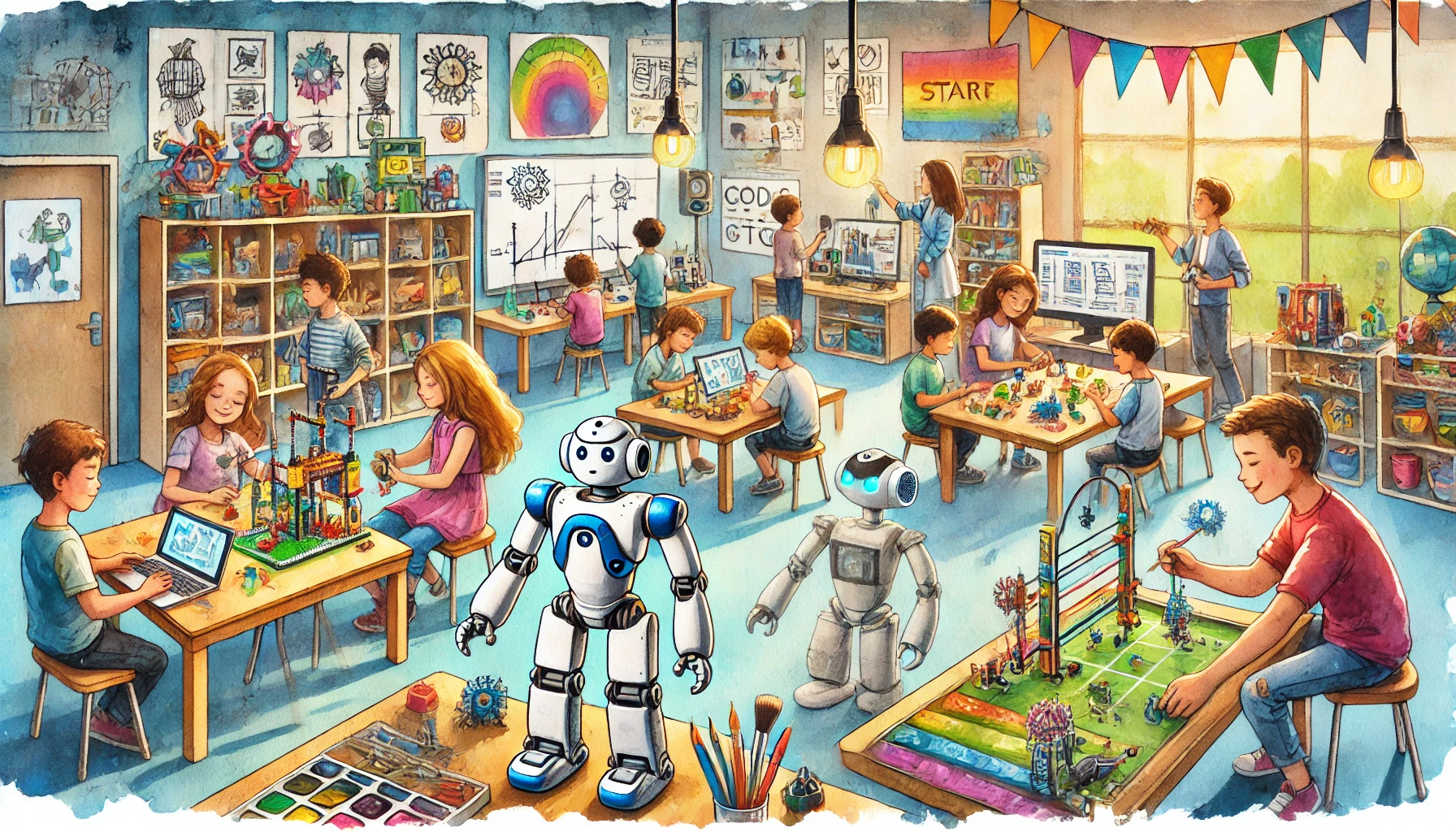STEM (Science, Technology, Engineering, and Mathematics) toys have become increasingly popular in recent years, and for good reason. These toys are designed not only to entertain but also to educate, helping children develop a wide range of skills that are essential for their future. In early childhood, the foundation for critical thinking, problem-solving, and creativity is laid, and STEM toys play a crucial role in nurturing these abilities. This article explores why STEM toys are so important for early childhood development and how they can positively impact a child’s growth.
Enhancing Cognitive Development
One of the primary reasons STEM toys are so beneficial is their ability to enhance cognitive development in young children. Cognitive development refers to how children think, explore, and figure things out. It is the development of knowledge, skills, problem-solving, and dispositions, which help children to understand the world around them. STEM toys encourage this by challenging children to think critically and solve problems in creative ways.
STEM toys, such as coding robots and engineering sets, require children to follow sequences, recognize patterns, and understand cause and effect. For example, when a child uses top toys for boys like the LEGO Mindstorms Robot Inventor, they must follow a series of steps to build and program the robot. This process helps them develop logical thinking and planning skills, as they need to think ahead and anticipate the results of their actions.
Moreover, these toys often incorporate elements of trial and error, where children learn through experimentation. This hands-on approach is particularly effective in helping children understand abstract concepts by seeing them in action. As they manipulate parts and test their ideas, children engage in critical thinking, which is a key component of cognitive development. Over time, these activities help children develop a more systematic approach to problem-solving, which will benefit them throughout their lives.
Promoting Creativity and Innovation
STEM toys are not just about science and numbers; they also foster creativity and innovation. At their core, STEM disciplines require innovative thinking and the ability to come up with new solutions to problems. When children engage with STEM toys, they are often asked to build, design, or invent something, which naturally encourages creative thinking.
Toys like the 3Doodler Start, which allows children to create 3D models, merge creativity with engineering concepts. By giving children the tools to bring their imaginative ideas to life, these toys help to cultivate an innovative mindset. Children learn that there are often multiple ways to solve a problem or complete a task, which encourages them to think outside the box and experiment with different approaches.
This creative problem-solving is crucial not just in STEM fields but in all areas of life. By learning to approach challenges with a creative and open mind, children are better equipped to handle the complexities they will face as they grow older. Additionally, the confidence they gain from successfully creating or building something reinforces their willingness to take risks and try new things, which is essential for innovation.
Free 30-day trial of Amazon Prime
Get your ... Free delivery, award-winning TV, exclusive deals, and more!Building Social and Communication Skills
While STEM toys are often associated with solitary play, they can also be highly effective in building social and communication skills. Many STEM activities are designed to be collaborative, encouraging children to work together to solve problems or complete projects. This collaborative play helps children develop important social skills, such as teamwork, communication, and leadership.
For example, when children work together to build a structure with Magformers or to program a robot, they must communicate their ideas, listen to others, and negotiate different roles. These interactions help children learn how to articulate their thoughts and understand others’ perspectives, which are critical components of effective communication. Additionally, by working in a group, children learn how to share, compromise, and support one another, which are essential social skills.
Moreover, STEM toys can also be used in educational settings where teachers facilitate group activities. In these environments, children learn to express their ideas more clearly and to collaborate with others to achieve common goals. These experiences are invaluable in preparing children for future academic and professional environments, where teamwork and communication are key to success.
Preparing for Future Success
Perhaps one of the most significant reasons why STEM toys are crucial for early childhood development is the preparation they provide for future success. As technology continues to advance and the world becomes increasingly reliant on STEM fields, the skills learned through these toys will become more valuable.
STEM education is not just about preparing children for careers in science and engineering; it’s about equipping them with a skill set that is applicable across all areas of life. Critical thinking, problem-solving, creativity, and collaboration are skills that are highly sought after in the workforce and are essential for navigating the challenges of the modern world.
By introducing children to STEM concepts at an early age, parents and educators are helping to lay the foundation for lifelong learning and success. Toys like Botley 2.0 Coding Robot, which introduces children to coding without the need for screens, are an excellent example of how early exposure to STEM can spark an interest in these fields that may continue into adulthood.
In conclusion, STEM toys play a vital role in early childhood development by enhancing cognitive abilities, fostering creativity, building social skills, and preparing children for future success. As these toys become more integrated into playtime, they offer children a fun and engaging way to learn the essential skills they will need to thrive in a rapidly changing world.

